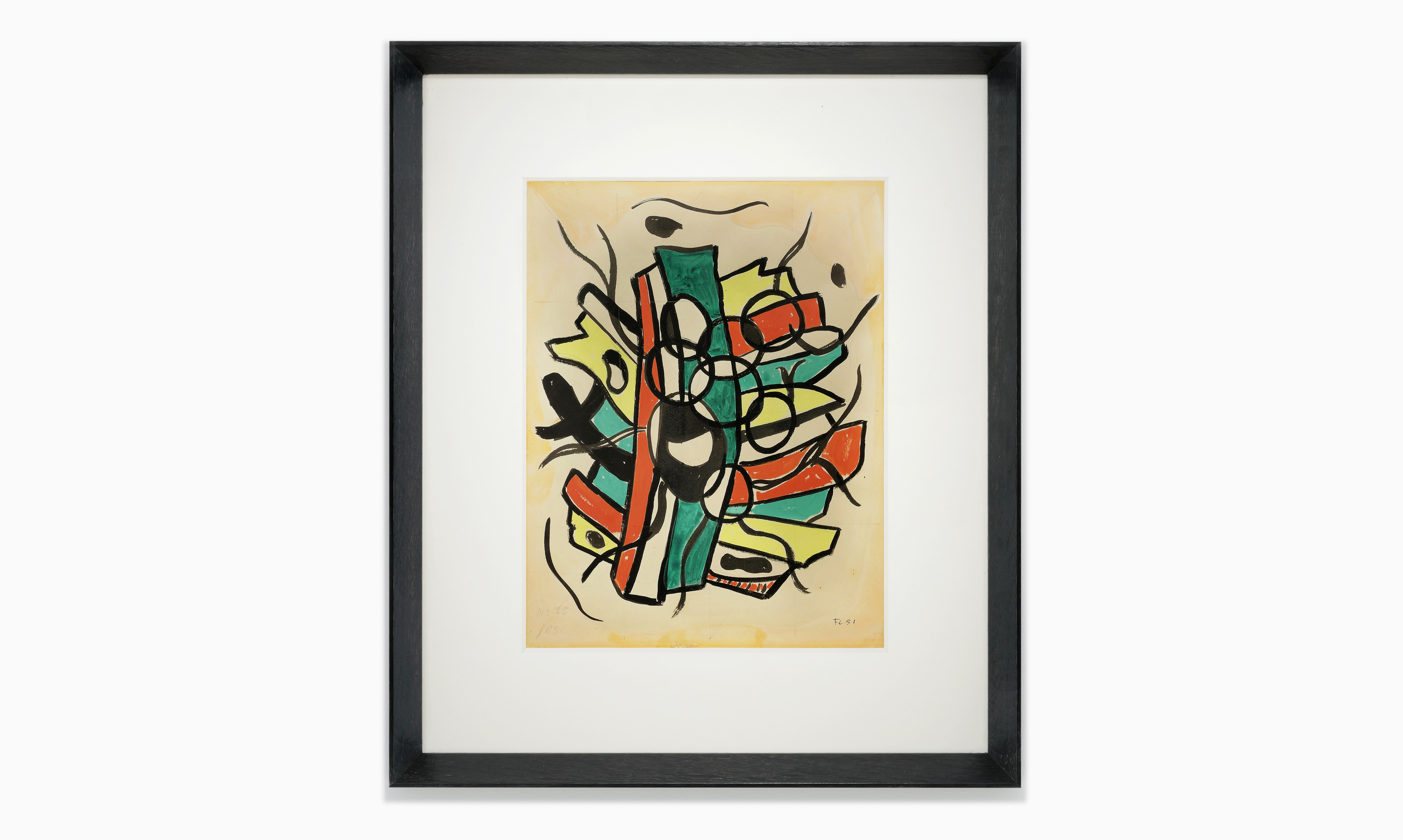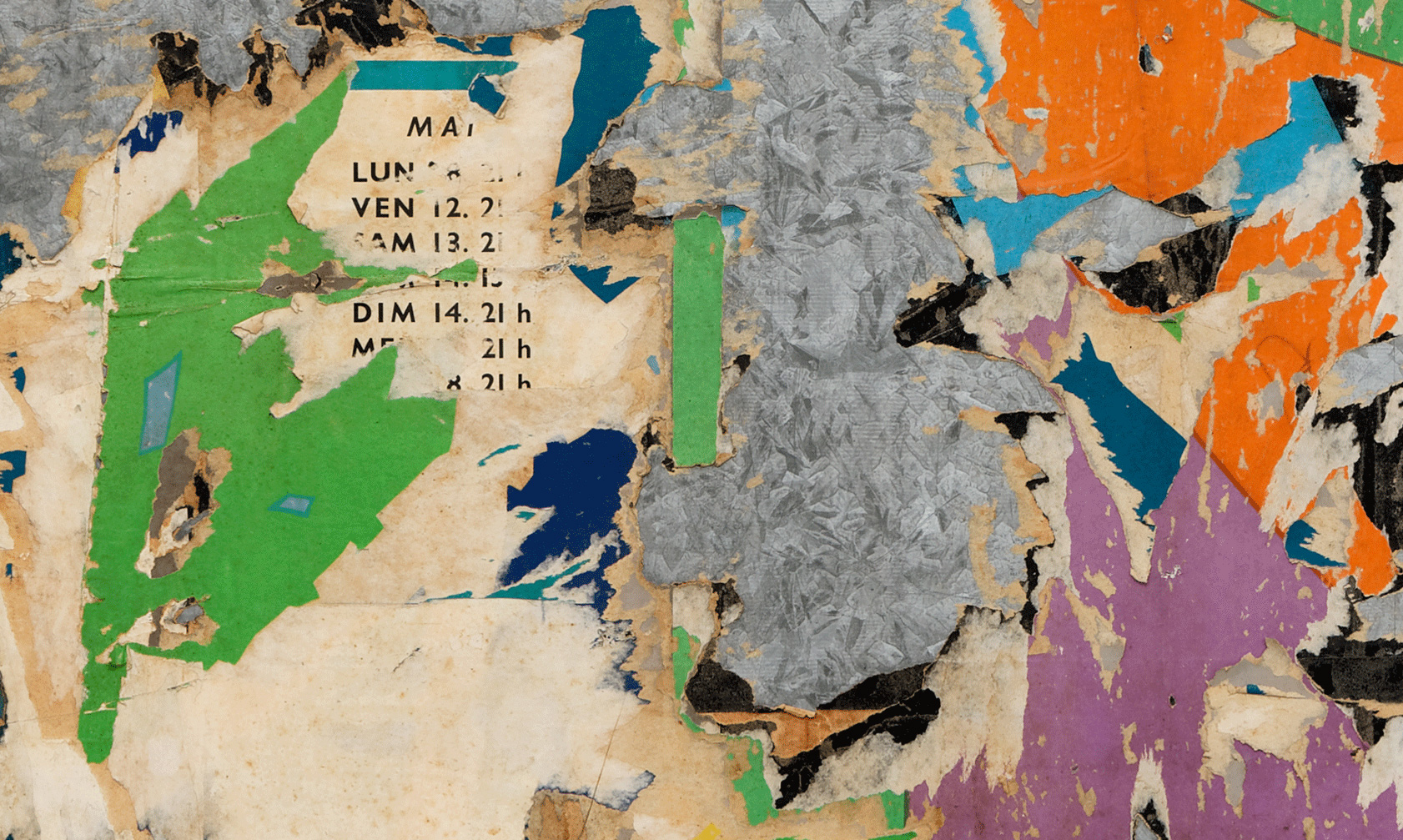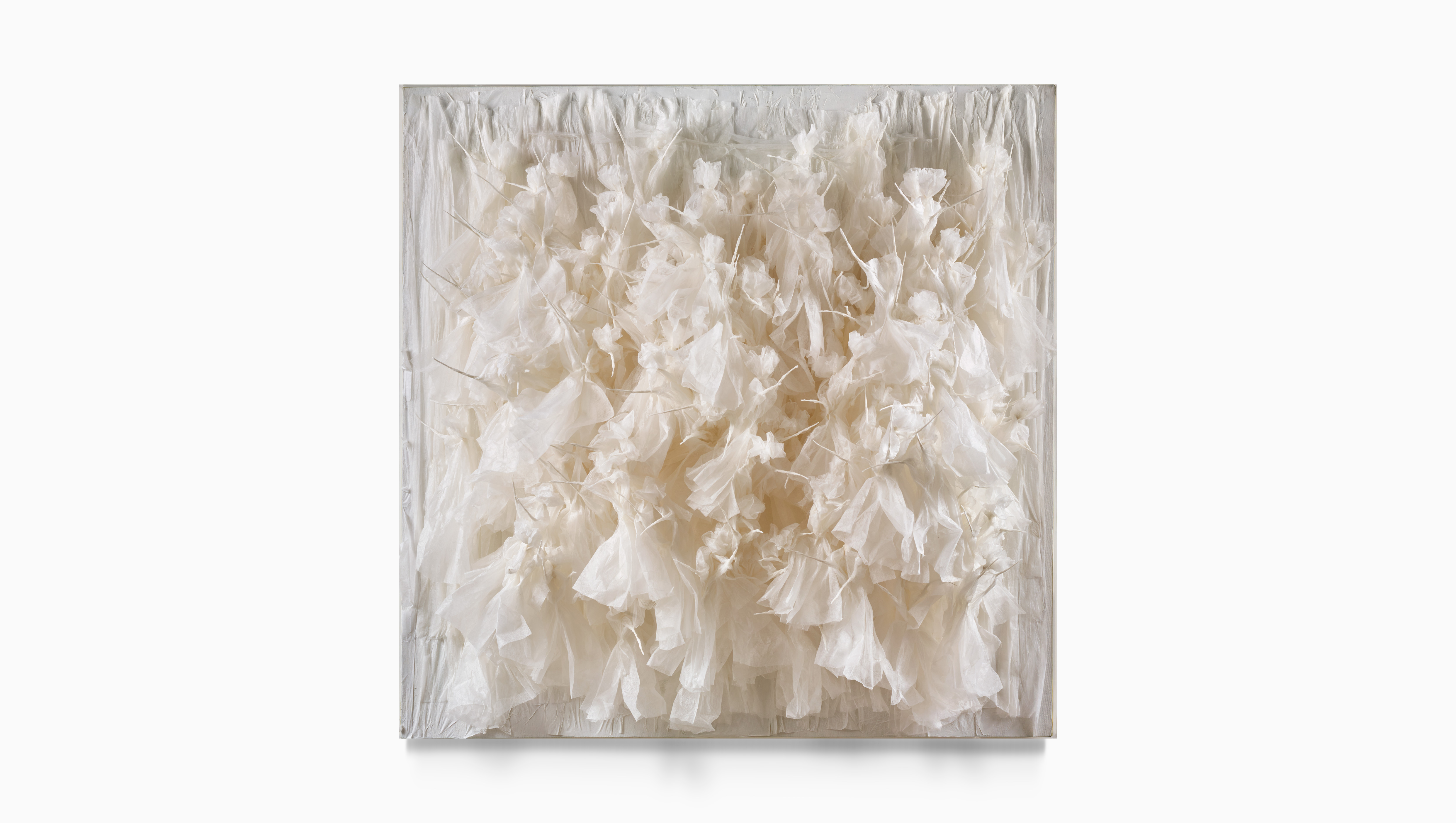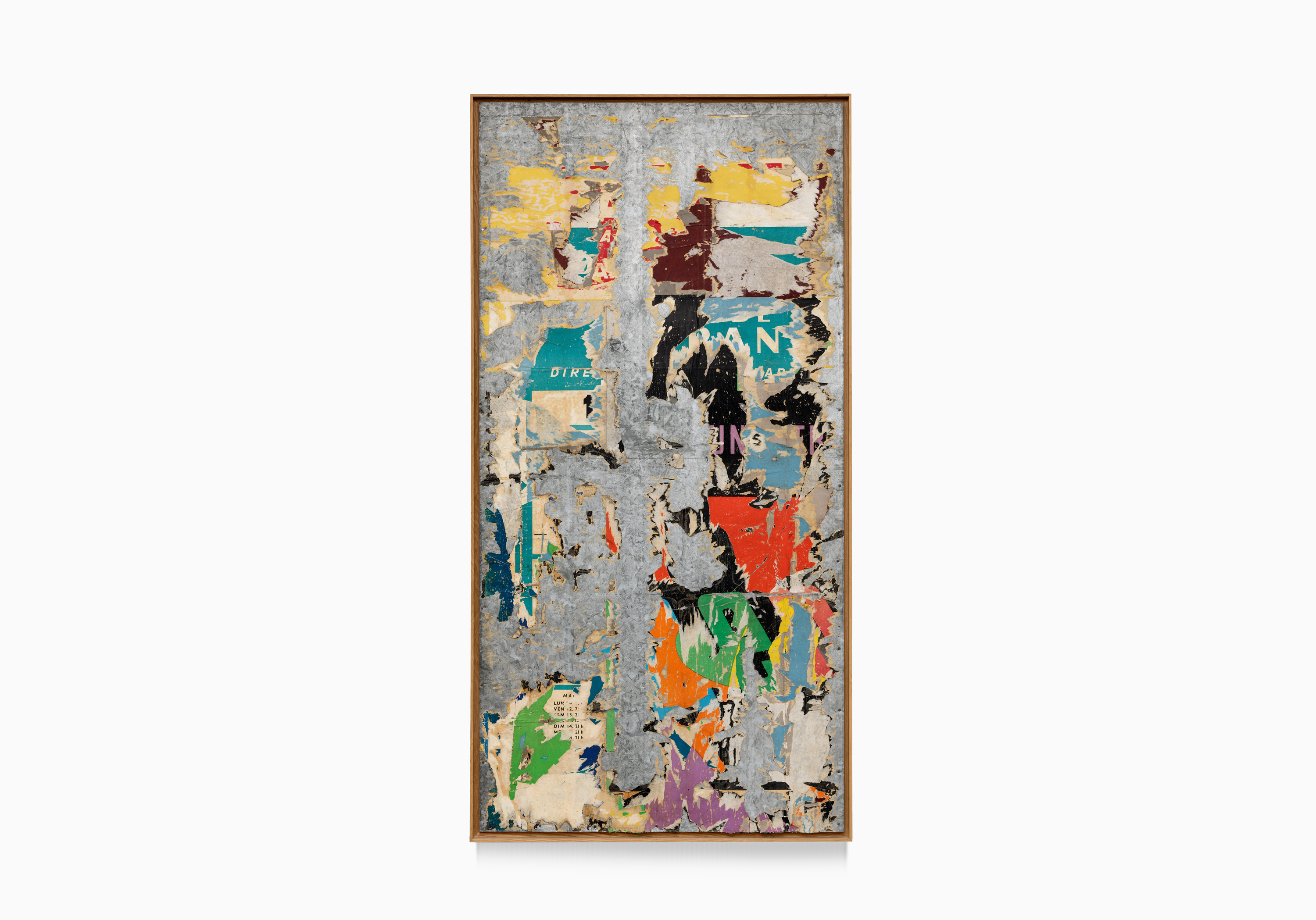For the Fauvists — artists of the first avant-garde movement of the 20th century — paper has been their medium of choice as it allows them to play with the motifs that bring out the visual shock with colors. The white space on paper plays a key role in liberating the forms so that the nudes, bathers, and dancing bodies can appear. The characters and landscapes are rendered in a revolutionary way. The Fauvists detach themselves from the object of representation and focus on the artistic aspect. By laying vivid touches of colors on paper, the Fauvists play with the act of perception. “Do not do anything that represents something”, wrote Derain to Matisse.
In the years of the apogee of Fauvism, André Derain painted the Four Bathers (1906) and The Birth of Venus after Botticelli (1905). The two works bear witness to this principle: he appropriated the material with boldness in his way of applying colors while preserving plenty of blank space on the paper.
With Jeune femme nue allongée (1906, Indian ink on paper), Henri Matisse demonstrates his quest for expressiveness: by getting rid of most decorative elements, he simplifies the composition and concentrates on the evocative quality of the female body.




















